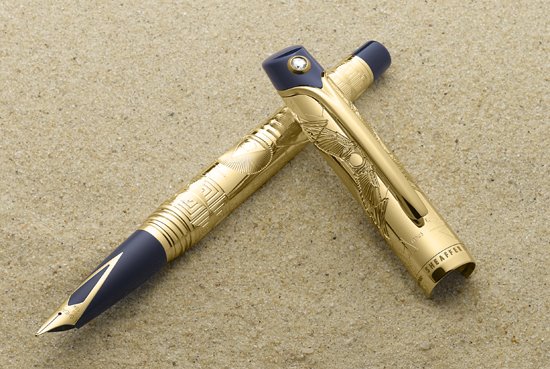 The Fleur-de-lis has become the icon du jour these days. Take a quick glance around you and you are bound to see this image on a tee shirt, jeans, handbag or hat. In my case, it's one of my tattoos.
The Fleur-de-lis has become the icon du jour these days. Take a quick glance around you and you are bound to see this image on a tee shirt, jeans, handbag or hat. In my case, it's one of my tattoos.The Fleur-de-lis is a symbol that is laden with meaning, far too many to enumerate in this brief blog. So I will share with you my fondness for this image.
My first awareness of the Fleur de lis was as a member of the Boy Scouts of America, which uses the Fleur-de-lis as its primary symbol. It is used to represent the first step in Scouting: the Tenderfoot. My dad was a Scoutmaster for over twenty years, so the symbol constantly reminds me of him.
The Fleur-de-lis is also described as being a stylized version of a lily or iris. In fact the actual translation of the name means "lily flower." But it can also have political, religious and dynastic meaning as well. It is associated with the French monarchy, and continues to appear in the coat-of-arms of Spain. The red version in the upper left hand corner is the symbol for the Italian city Firenze (Florence). It appears as a symbol in North American provinces that were settled by the French: e.g. Quebec and Louisiana. It has been written that the Fleur-de-lis is also representative of the Merovingian Dynasty of France whose reign is symbolized by a bee. And there are some who see in the Fleur de lis a very stylized bee.
In religious iconography the Fleur-de-lis is symbolic of Trinitarian belief and has come to represent both the angel Gabriel and the Virgin Mary.

Universal Symbol for Scouting
In both Holy Blood, Holy Grail and the DaVinci Code the Fleur-de-lis represents the Order known as The Priory of Sion. (Yes, those guys again!)
For me it is the perfect symbol of the triplicity of ideas: Wisdom, Strength & Beauty; Faith, Hope & Charity, Tres Reyes (Three Wise Men); Three distinct knocks, Three Ruffians, Three Blind Mice, Three Little Pigs; The Three Fates; three major Religions: Christianity, Judaism and Islam; Three Great Lights (& three lesser); Youth, Adulthood and Old Age; past, present and future; thought, word and deed; mineral, vegetable, animal; Father, Son and Holy Spirit (Holy Mother); Jesus, Mary and Joseph; Isis, Osiris and Horus; The Trimurti: Brahma, Vishnu and Shiva; Kether, Hokhmah and Binah, The Three Musketeers. (One could do an entire treatise on the number three alone.)

I'm also the third of four children born thirty three years after both parents. (Recently I became a 33° Freemason.)
I find something Jungian about the Fleur-de-lis. It speaks to my sub conscious mind and gives me a feeling of stability, spirituality and an overall sense of well-being.
Of course one can find much more significance in this symbol, this is merely my rumination, though brief, on the subject.
Have Pen, Will Write.
Clifford

















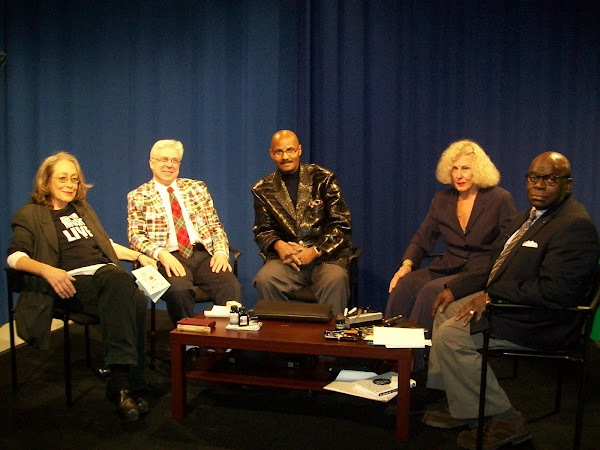

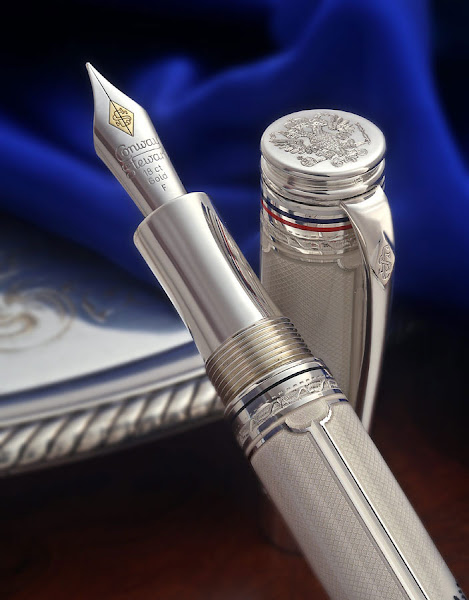
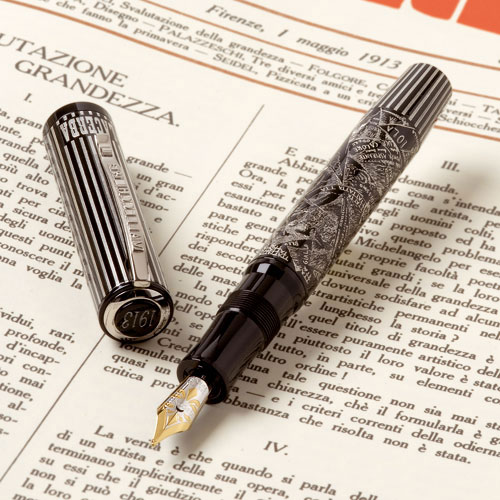
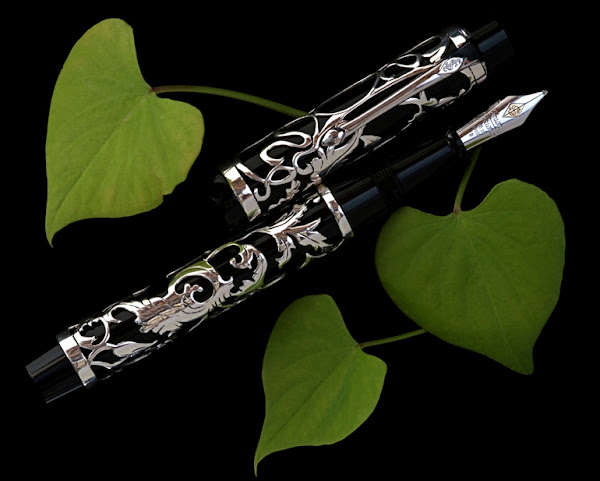

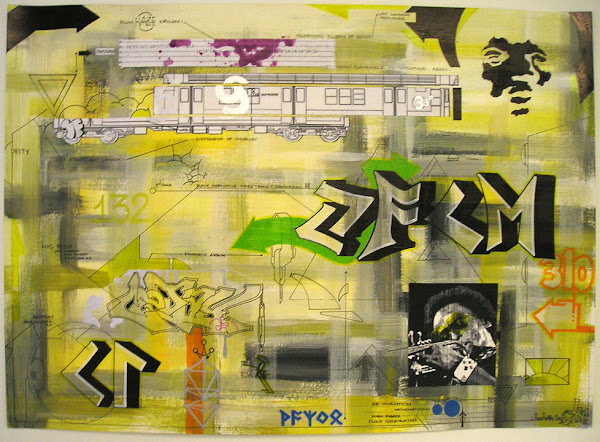.jpg)
